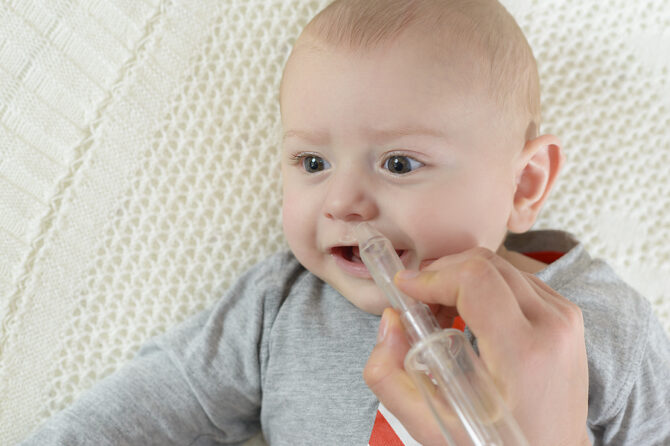
RSV: The other epidemic
By: Joseph Mechak, MD
There is currently a “twin-demic” in the pediatric population. The impact of the Delta variant of COVID-19 on the pediatric population has been making headlines in our area and around the country. The less talked about circulating virus is the Respiratory Syncytial Virus or RSV. RSV is nothing new, but remains a significant player in the pediatric population, especially among newborns. Simultaneous surgest in both of these viruses have led to busy doctors offices and children’s hospitals nearing capacity.
The clinical presentation of RSV varies drastically based on age. In adults and older children RSV looks and feels like a bad cold – lots of nasal congestion, runny nose, and a loose wet cough. In younger infants, those less than 6 months and especially those less than 3 months, RSV causes something called bronchiolitis. Bronchiolitis is an infection and inflammation of the small airways of the lungs that can create an incredible amount of mucus. This inflammation and mucus can make it difficult for babies to breathe and exchange oxygen in the lungs. This can result in fast breathing, increased work of breathing, retractions of the ribs and stomach muscles, and low oxygen levels which may require hospitalization for oxygen or breathing support.
RSV is interesting in that it acts very predictably. Symptoms typically worsen from day 1 of illness through day 5 of illness. After Day 5, symptoms tend to very slowly improve over days to weeks. Many babies with RSV continue to have congestion and cough for 3 or more weeks while the airway recovers.
Unfortunately, the only treatment for RSV is supportive. Aggressive nasal hygiene and suctioning to clear mucus is the best way to help babies with bronchiolitis. It is also important to maintain adequate hydration as eating from a breast or bottle with a mucus filled nose can be difficult for babies. Beyond this, there are no specific treatments or medications for RSV.
RSV has typically followed a very predictable season starting in December and ending by late March. This year, for reasons not fully understood but likely impacted by the pandemic and lockdowns, RSV has been raging through the summer and early fall. Current levels in September are as high as they are typically in peak RSV season.
As with most viruses, prevention is the best strategy. Many of the prevention strategies that you are using for COVID will work with RSV as well. Namely, keeping newborns away from sick people, not letting strangers hold or kiss your baby, washing your hands often, and mask wearing has slowed transmission of all respiratory viruses, not just COVID. Older siblings in preschool or daycare are a common way for RSV to make its way into the home. Remember, in older children RSV can look like a run-of-the-mill cold so be diligent in keeping older sibs away from newborns with any sick symptoms (easier said than done, we know…).
As always, we are here to help. Feel free to call or email with any questions. If you are worried that your child has RSV contact us to make an appointment. We offer RSV testing in the office and can help you navigate these sometimes choppy waters. If your baby has labored breathing or is breathing quickly, call us right away or head to the nearest emergency room.
Below is some additional information about RSV from some trusted sources!











Leave a reply